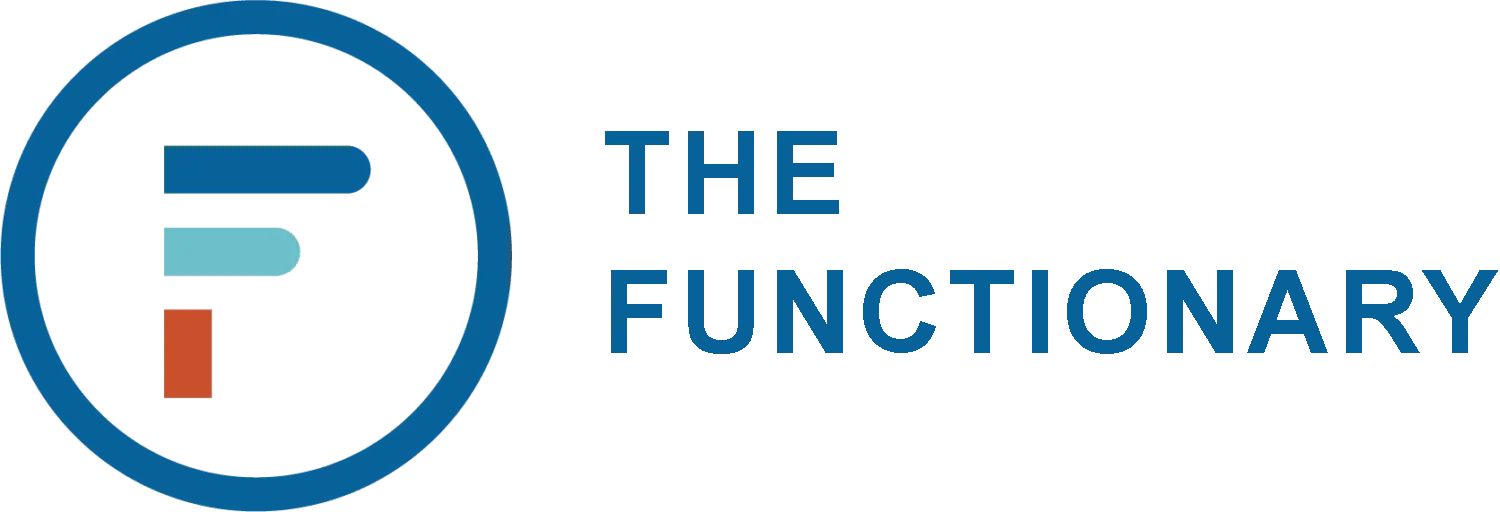With more software dev teams using remote and augmented staff, it’s essential to understand how to integrate them into existing project methodologies.
Few endeavors require advanced coordination quite like software development projects. There are always multiple teams who need to align their workflows. Tasks must be completed in a certain order and adjusted based on client feedback. It’s no surprise that entire project management methodologies have emerged from the world of software development!
These challenges become even bigger when software development teams are partially or entirely remote. However, many companies find themselves needing to outsource tasks or augment their teams. It’s quickly becoming the norm — which means we need to consider how to make the various project management methodologies work with augmented teams.
If you’re using nearshore staff augmentation for your software project, here’s how you can streamline the development process and improve productivity across borders.
Project Management for Remote Teams
As you know, there are three main project management methodologies, all of which originated in software development. Let’s look at the implication of remote and augmented teams for each.
Waterfall
The Waterfall approach is an old-school methodology that creates strict timelines, project phases, and deliverables. Because it’s quite rigid, it doesn’t allow the project to shift in scope or change with feedback. That’s not always a bad thing. Software development teams with a tried-and-true process often use Waterfall to prevent projects from getting sidetracked or over-budget.
Waterfall can work well for remote teams because each deliverable is thoroughly mapped out with a step-by-step process and firm deadline. Tasks can be handed off to another team member if necessary, and there’s less need for people to meet regularly (which can be a challenge for remote teams). Once the waterfall starts, it’s supposed to keep flowing!
For that reason, though, many Waterfall organizations prefer managed services providers rather than staff augmentation.
Agile
Agile is the polar opposite of Waterfall. Instead of a firm schedule with clearly mapped deliverables, work is done in iterations (“sprints”). This way, no one is doing tasks that may end up unused. The team regularly weaves client feedback into the project, continually evaluating their progress and assessing next steps in a regular “scrum” meeting.
While Agile’s flexibility can help teams avoid wasting time and energy, it also increases the risk of scope creep. Projects may take longer because work is planned based on each iteration, rather than an overall timeline. However, Agile can be helpful for remote teams because each “sprint” calls for a set of complementary tasks. Team members can perform the sprint even across time zones, then regroup.
Agile’s innate flexibility lends well to nearshore staff augmentation, as it involves bringing in specialized talent as needed while building cross-functional teams.
Lean
Also called the 3M methodology, Lean was created by Japanese software development firms. As you may know if you watched “Tidying Up with Marie Kondo,” Japanese culture embraces minimalism and efficiency. Lean includes 3 main concepts:
Muda: Waste that does not provide value (or “spark joy”), such as unnecessary revisions or extra features
Mura: Variations that disrupt the processes and cause the project to get bloated or behind schedule
Muri: An excessive workload that hurts team members’ productivity and creativity
The 3M methodology aims to remove all three of those. While this is more of a theoretical construct, it’s crucial for software firms who must ensure their remote teams are focused on their vital tasks. Unnecessary work or variations can quickly become a huge problem when team members are spread across time zones.
Project Management with Augmented Teams
Nearshore staff augmentation already solves some of these problems by minimizing time-zone gaps and cultural barriers. If the team needs to “scrum,” it’s feasible to get everyone together on Zoom or a similar tool. Plus, project managers can more easily assign tasks and communicate with team members.
Still, software development projects are notoriously complex. It’s already challenging enough to coordinate project phases and deliverables across a remote in-house team. Staff augmentation brings in another workforce, albeit closer geographically and culturally to the main team.
To streamline project management with an augmented team, make sure that you’re assigning them the tasks best suited to them. Augmentation is more than outsourcing. It’s a way to complement your core team’s efforts with specialized support. Those cross-functional teams are a key tenet of the Agile framework. As mentioned, this flexible approach ensures that both teams are putting their resources in the right direction.
By contrast, offshore outsourcing often means you have limited oversight of their tasks. Therefore, you wouldn’t want to have an offshore team work on deliverables that require regular client feedback. They may have a limited understanding of how their responsibilities fit into the overall project plan. Offshore outsourcing makes the most sense in Waterfall project management, assuming you’re certain that your offshore team can reliably deliver the right work on time.
How to Streamline Your Development Processes with Augmented Teams
As soon as you’ve hired nearshore staff augmentation, it’s time to let go of the idea of a centralized team. The beauty of nearshore augmentation is that you can maintain regular communication. However, there is still some distance to overcome. Here are some tips for managing remote software teams.
To prevent missteps or fractured project plans, decentralize your project management. Each team (and department of that team) should have a dedicated decision-maker who can implement your chosen methodology. Who will run the daily scrum with the remote teams? Who will ensure that all Waterfall phases are properly documented? (Note: It’s possible for different teams to use different project management methodologies — 39% of remote teams do. Just be sure that everyone’s clear on how all project phases fit together.)
Especially when coordinating projects across locations, it’s important to have multiple points of leadership. If everyone must wait for direction from a single source, the process is more likely to become muddled or delayed.
Augmented teams also hold different work hours from you, and their workflows may vary as well. That’s not necessarily a deal-breaker. Trust that your augmented team will fulfill their responsibilities, and avoid micromanaging them. Your staff augmentation provider can assist as your liaison, as well.
The key to success is to set clear expectations and provide helpful feedback. When everyone understands a project’s priorities and next steps, they’re better able to boost their productivity and deliver work that complements others’, especially in remote Agile teams.
The Takeaway
Nearshore staff augmentation is an affordable, sustainable way to bring more talent and greater productivity to your software development project. As with any remote team, it presents some challenges for optimizing your workflow and staying on schedule. Thankfully, project management methodologies can help. Decide what works best for your team, then name a dedicated project manager at each juncture. Together, each group’s complementary work can fit into a well-refined project plan.

